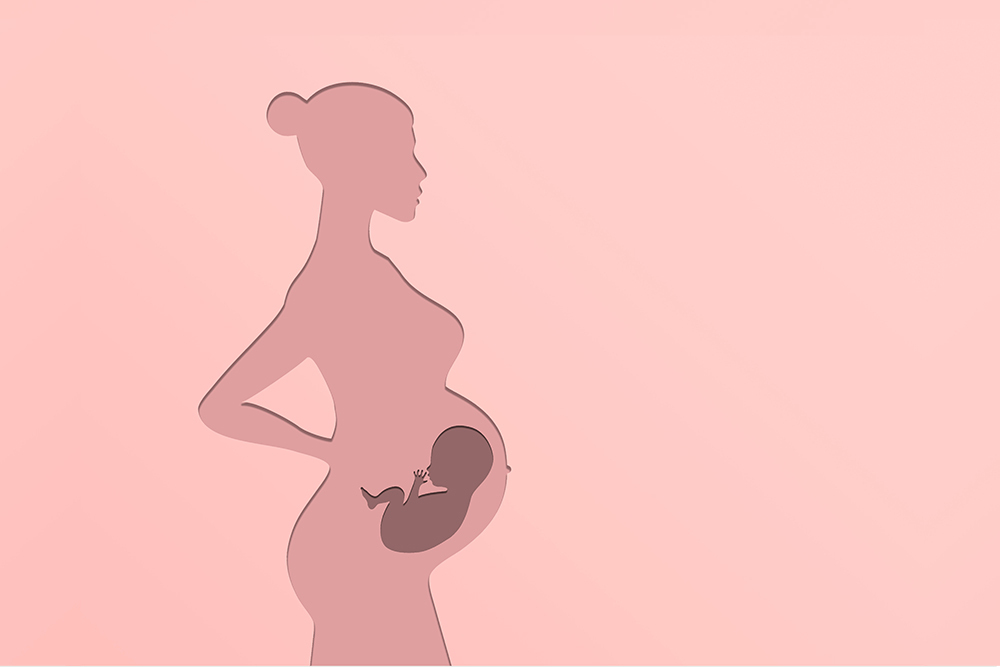CDC Report: More Than 80% of US Maternal Deaths Are Preventable

The maternal mortality rate in the U.S. has been steadily rising for decades, and this new report makes it clear that it’s in our power to improve these numbers and, more importantly, save lives.
Content Warning: This article contains mentions of death and suicide.
It’s well-known that our nation’s health care system is in desperate need of change, but one of the areas where we stand out the most is our country’s maternal mortality rate. In this aspect, America is truly an outlier compared to other high-income countries—and not in a good way. In 2018, for instance, the U.S. maternal mortality ratio was 17.4 per 100,000 births, more than twice the rate of France and Canada, and alarmingly worse than New Zealand with a ratio of only 1.7 per 100,000 births.
This embarrassing number has been steadily rising since the late 1980s, and in 2020 the U.S. reached 23.8 deaths per 100,000 births, according to the Centers for Disease Control and Prevention (CDC). And now, the CDC is saying the vast majority of these deaths could have been prevented.
On September 19, the CDC released a report with data collected from 36 states’ Maternal Mortality Review Committees (MMRC). The report analyzed 1,018 maternal deaths between 2017 to 2019 and found that 4 out of 5 of these deaths could have been prevented. Now, the CDC is openly advocating for improved maternal health care, and calling on medical providers, state and local officials, and the general public to take the necessary steps to remedy the dismal situation.
In the report, maternal deaths are broken down in several ways: by timing, cause, and by race and ethnicity. It found that 53% of pregnancy-related deaths occurred between seven days to one year following pregnancy, 25% occurred on the day of delivery or within seven days following childbirth, and 22% occurred during pregnancy.
According to the data, 23% of deaths were related to mental health struggles, including suicide and overdose/poisoning. Excessive bleeding was the cause of 14% of deaths, 13% of deaths were the result of cardiac and coronary conditions (related to the heart), infections accounted for 9% of deaths, cardiomyopathy (a disease of the heart muscle) made up 9% of deaths, another 9% of deaths were caused by a thrombotic embolism (blood clot), and finally, hypertensive disorders (high blood pressure) during pregnancy made up 7% of deaths.
Hemorrhage was the leading cause of maternal death for non-Hispanic Asian people and mental health was the underlying cause of death for Hispanic and non-Hispanic White people. For non-Hispanic Black people, the leading underlying cause of death was cardiac and coronary conditions, and in 2020 the maternal mortality rate for Black women was 55.3 deaths per 100,000 live births—nearly three times the rate for non-Hispanic White women.
In its press release, the CDC included a second report that looked specifically at American Indian and Alaskan Native maternal deaths, which found these groups were disproportionately impacted by maternal mortality. In this case, mental health conditions accounted for 50% of deaths. Most shockingly, the report suggests that 93% of these deaths were preventable.
Given this evidence from the CDC, it’s clear that this is a public health crisis that can be avoided. Moving forward, health care providers should be conscious of these conditions and make appropriate changes in how they provide care in order to better monitor their patients to prevent these deaths. Additionally, the CDC and the MMRC advocate for the collaborative creation and implementation of state and community initiatives. Some suggested prevention strategies include:
- Encourage patient monitoring by friends and family—particularly in the first year following birth.
- Establish wider access to health coverage through insurance.
- Improve referral and care coordination systems.
- Develop ways to prevent barriers to transportation for care.
- Eliminate ethnic and racial disparities in care.
The maternal mortality rate in the U.S. is truly astounding, and given these results, there is absolutely no excuse for it. The vast majority of these deaths can be prevented. This new information from the CDC should serve as a wake-up call to the medical community, as well as to all of us with loved ones who have had or who may have children.








